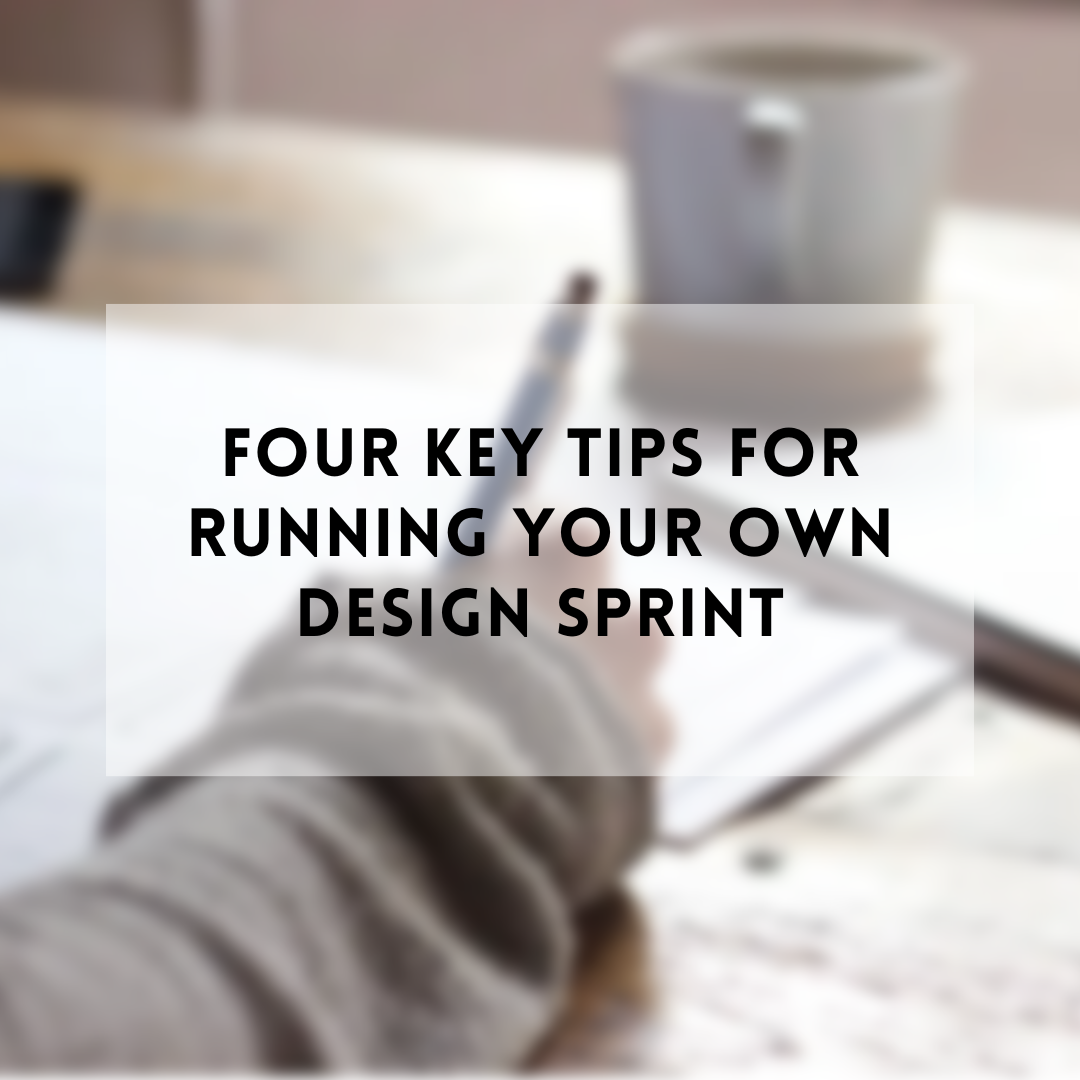Four key tips for running your own Design Sprint
Have you decided to lead your first Design Sprint and need some support? Or, maybe you’ve done it before and are looking for ways to make the experience even smoother and more productive.
Whatever your scenario, I believe we’re stronger when we work together to share resources and learnings. In my five years facilitating Design Sprints I’ve gotten the chance to work with many different teams on many different challenges, and have picked up a learning or two (or 100) along the way.
Every situation may be unique, but the DNA of the Design Sprint is hardwired to guide effective outcomes. With that in mind, and thanks to my own trial and error, I’ve honed in on what I think are the key pillars for a successful Design Sprint.
Four Key Tips For Running Your Own Design Sprint:
Make sure you have a clear problem to solve going into the session. This should be a problem that your team and key decision makers can rally around. Everyone should be in agreement around this problem, believe it’s worth investing the time in, and that solving it will drive an outcome for the business that truly matters.
Set expectations with your team. A Design Sprint requires people to be all in, so you’ll want to make sure the participating team understands that they’ll be in a workshop for multiple days. As much as possible, help them clear their calendars of other work so you have their full attention.
Establish a dedicated environment to do the work. Prior to COVID, this meant reserving a room with whiteboard space, sticky notes, comfortable chairs, etc. Now it means agreeing on a virtual workspace, as well as the tools and templates to support the process. InVision Freehand, Mural and Miro are all great tools, and I’ve linked to the Design Sprint template below for each. If you don’t have a tool, start with one of these templates. If you already use another tool, I’d love to hear about it!
Commit, commit, commit. Sometimes this is the hardest part! Make sure to give yourself the full five days for the experience. There’s wiggle room baked into the agenda that will allow for critical dialogue to happen, or a tangental sidebar conversation you didn’t expect. Maybe the team needs an extra break. Using the full five days ensures you’ll be able to call an audible when necessary, and also support the really important work that will take place.
You made it all the way to the end of this post, so you get a reward! Feel free to access the following tools and templates I referenced above, including Miro, InVision Freehand, and Mural, which is my go-to tool.
